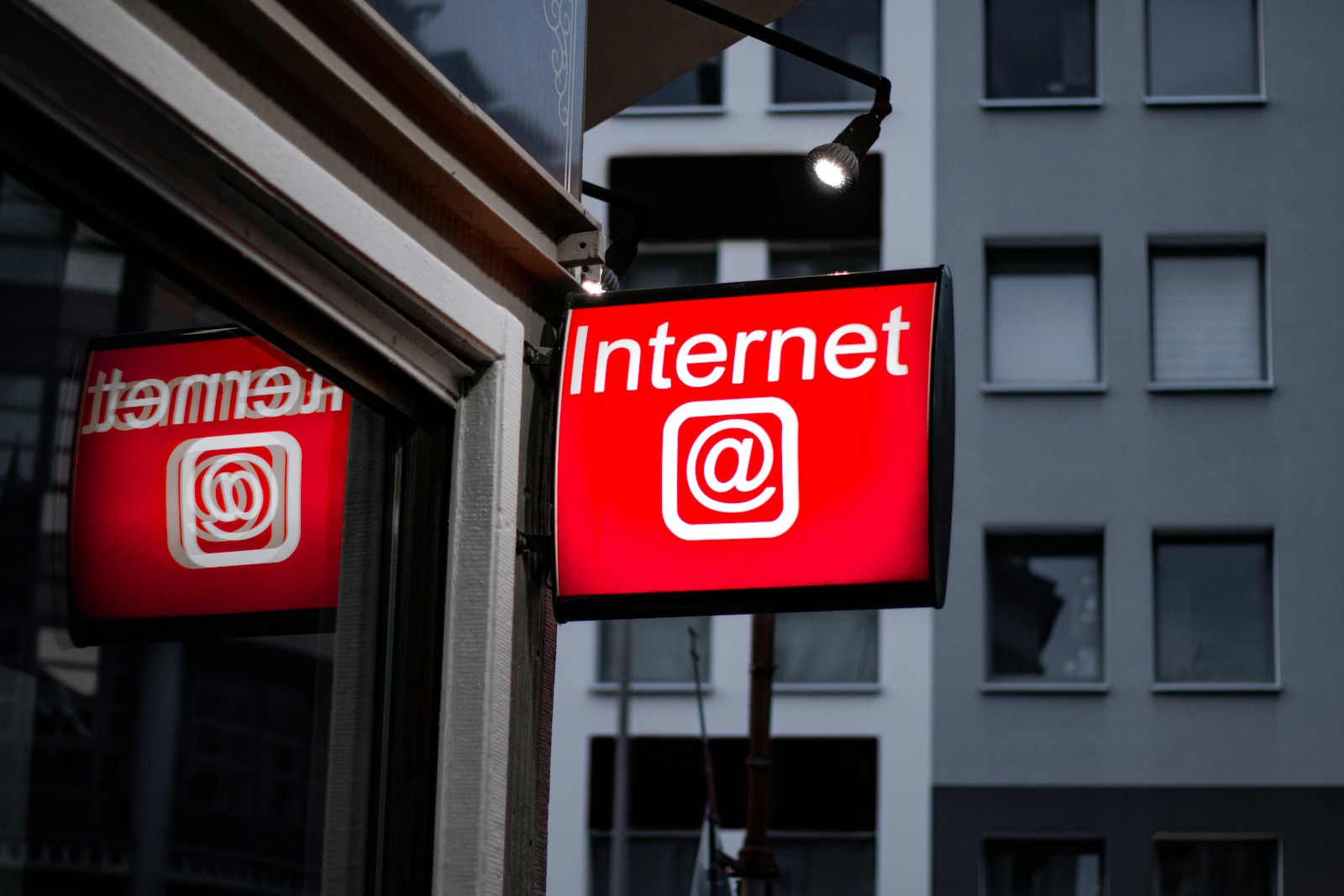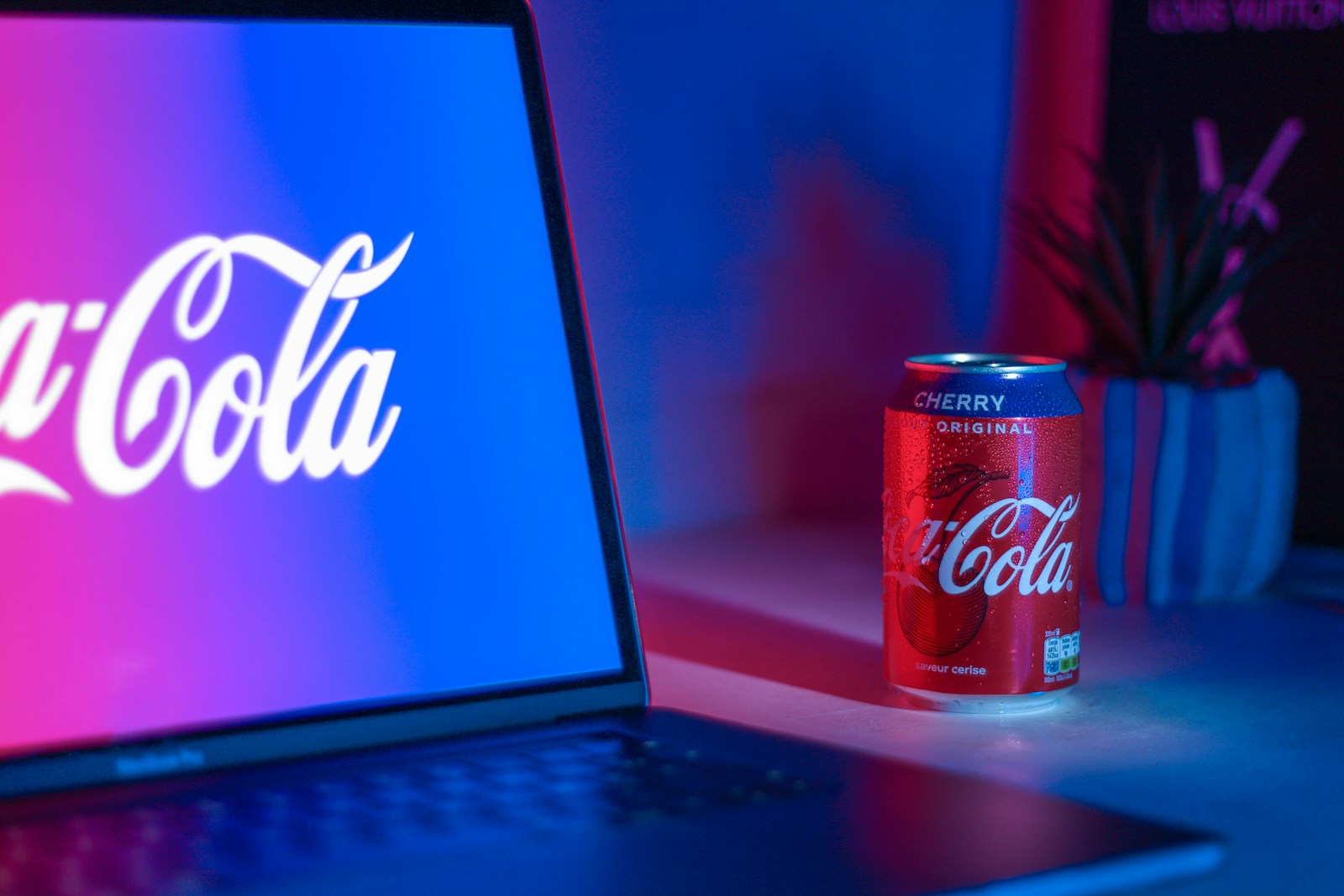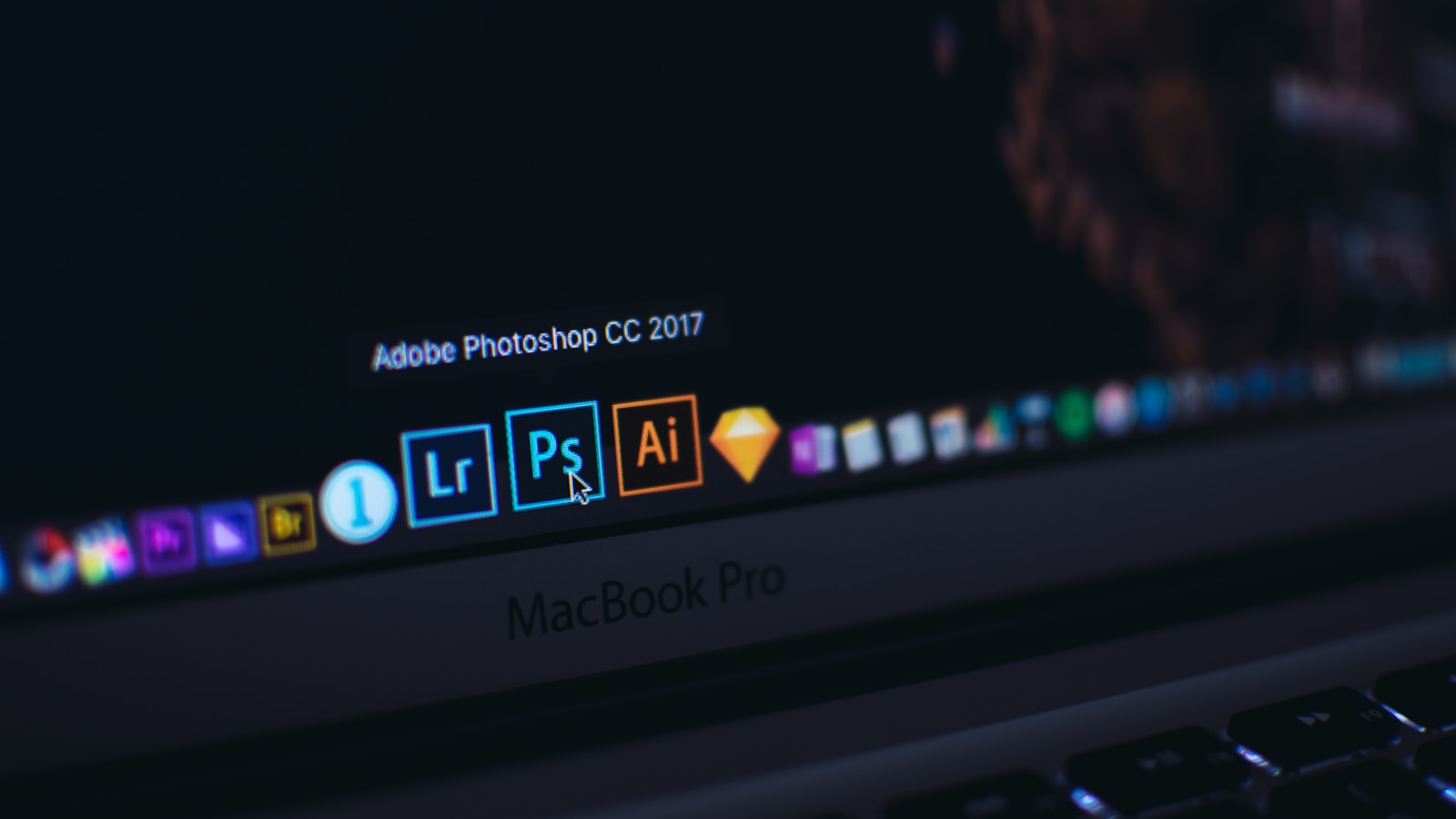
Web banner design is an essential component of any digital marketing strategy. To truly excel in this field, it’s crucial to go beyond the basics and dive into expert-only knowledge, advanced insights, and innovative solutions that can set your banners apart from the competition. In this blog post, we will explore some of these high-level concepts to help you create web banners that not only attract attention but also drive results.
The Psychology of Web Banners
Understanding the psychology behind web banner design is a game-changer. Expert designers know that the human brain processes visual information much faster than text. This means your banner must convey its message almost instantaneously. Colors, fonts, images, and even the spacing between elements play a critical role in how your banner is perceived.
Color Psychology: Colors evoke emotions and can influence user behavior. For instance, blue is often associated with trust and dependability, making it a popular choice for financial services. Red, on the other hand, is attention-grabbing and can create a sense of urgency, which is why it’s commonly used for sales and discounts. Understanding the psychological impact of color can help you choose the right palette for your banners.
Font Selection: The typeface you choose is more than just a design element—it’s a communication tool. Serif fonts like Times New Roman can convey tradition and reliability, while sans-serif fonts like Arial suggest modernity and simplicity. For web banners, legibility is key, so opt for fonts that are easy to read at a glance.
Visual Hierarchy: Visual hierarchy guides the viewer’s eye through your banner, ensuring that the most important elements are noticed first. This can be achieved through the strategic use of size, contrast, and placement. For example, your call-to-action (CTA) should be the most prominent element on the banner, followed by supporting text and imagery.
Advanced Insights into Typography and Layout
Typography and layout are critical components of web banner design that require advanced insights to master. The goal is to create a harmonious balance between text and visuals that captures attention without overwhelming the viewer.
White Space: Also known as negative space, white space is the area around and between design elements. It’s often underutilized but plays a vital role in improving readability and focus. A cluttered banner can be off-putting, so use white space to give your elements room to breathe.
Alignment: Proper alignment of text and images creates a sense of order and professionalism. Misaligned elements can make your banner look chaotic and unappealing. Use grid systems to maintain consistent spacing and alignment across your design.
Readability: While decorative fonts can add personality to your banner, they can also hinder readability. Stick to simple, clean fonts for your main text and reserve decorative fonts for headlines or accents. Additionally, ensure that your text size is large enough to be legible on all devices, especially mobile screens.
Innovative Solutions to Common Design Challenges
Even experienced designers face challenges in web banner design. However, innovative solutions can help overcome these obstacles and ensure your banners are effective.
Responsive Design: With users accessing websites on a variety of devices, it’s essential to create banners that look great on all screen sizes. Responsive design ensures that your banner automatically adjusts its layout and proportions based on the user’s device. This might involve creating multiple versions of your banner for different screen sizes or using flexible grid systems.
Animation: Adding subtle animations to your web banners can increase engagement without being distracting. Simple animations like a fading CTA or a sliding image can draw attention to your banner and improve click-through rates. However, it’s important not to overdo it—too much animation can slow down page load times and frustrate users.
A/B Testing: A/B testing involves creating two versions of your banner and testing them to see which one performs better. This method allows you to experiment with different elements like colors, CTAs, and images to determine what resonates most with your audience. Regularly conducting A/B tests can provide valuable insights and help you refine your design approach.
Conclusion
Web banner design is a constantly evolving field that requires a deep understanding of both design principles and user psychology. By incorporating expert-only knowledge, advanced insights, and innovative solutions into your design process, you can create web banners that not only capture attention but also drive meaningful results. Whether you’re fine-tuning your typography, experimenting with color psychology, or exploring new design challenges, these strategies will help you stay ahead in the competitive world of digital marketing.








